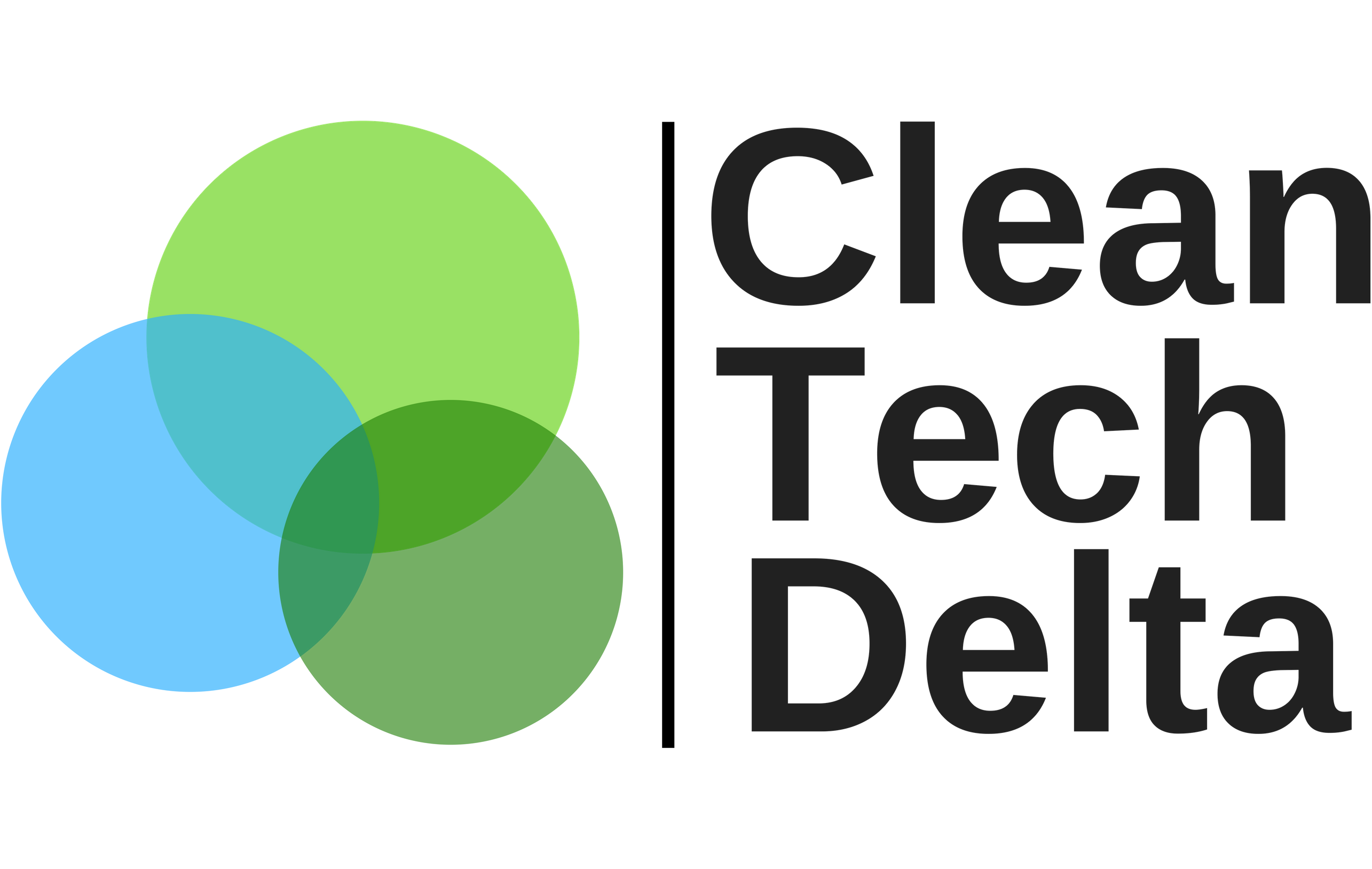The circular economy is gaining increasing attention in Europe and around the world as a potential way for our society to increase prosperity, while reducing dependence on primary materials and energy. The European Commission is expected to propose a “circular economy package” by the end of 2015, and many business leaders embrace the circular economy as a path to increasing growth and profitability. At the same time, a lively debate is going on about the attractiveness of a circular economy for different stakeholders and its implications for employment, growth, and the environment.
This report aims to contribute to a fact base to inform this debate, especially in Europe. The report suggests what a circular European economy could look like and compares its potential impact with the current development path. The report models potential European economic and environmental outcomes in both scenarios. It also examines how a more circular way of satisfying human needs could play out in three of the largest and most resourceintensive European value chains: mobility, food, and the built environment. In aggregate, the circular scenarios suggest that the opportunity for Europe’s economy could be large.
The report does not aim to provide final answers or projections for a circular economy – this would be impossible given the major uncertainties involved in the transition. Rather, the report tries to identify and describe major differences that circularity could bring to the European economy and offers directional quantification of the most important differences. In doing so, the report builds on previous circular economy research, including work by the Ellen MacArthur Foundation and the McKinsey Center for Business and Environment.
This report has been sponsored by SUN (Stiftungsfonds für Umweltökonomie und Nachhaltigkeit) and authored by the Ellen MacArthur Foundation and the McKinsey Center for Business and Environment.

